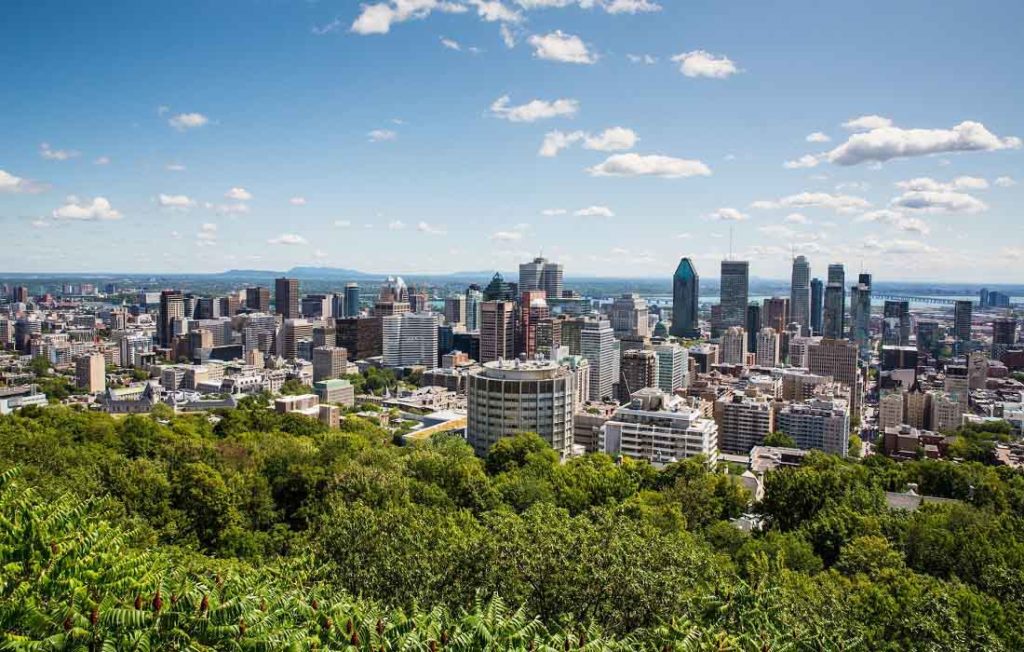2022 ended with hope at the United Nations Biodiversity Conference (COP15) in Montreal, Canada, where nations around the world agreed to adopt a set of measures (4 goals and 23 targets) addressing critical biodiversity loss by 2030. These efforts include the conservation and management of at least 30% of the planet’s lands and waters—a key factor of the 30×30 initiative, which launched in 2020.
Currently, only 10% of waters and 17% of lands (approximately) are considered preserved with respect to biodiversity and ecosystem protections.
But that wasn’t the only goal adopted at the conference. Countries also agreed to halve global food waste and the use of toxic pesticides, and progressively phase out environmentally harmful governmental subsidies.
So, yeah, it was kind of a big deal.
But let’s focus for a second on the 30×30 initiative and its goals reflected within the UN’s agreement. What exactly is it? How can it possibly be achieved?
What are the outcomes we might expect if we’re successful and the consequences we’ll face if we’re not?
What Is 30x30?
Some call it an “initiative,” some call it a “movement,” and in some countries, it’s becoming policy. Regardless of phrasing, 30×30 is a critical step forward for conservation and biodiversity. Created to address an unprecedented reality where we’ve already lost 1.2 million square miles of wilderness worldwide—not to mention the hundreds, if not thousands, of species that have gone extinct in the past 50 years alone—30×30 was first presented in 2020 by the High Ambition Coalition for Nature and People with the central goal of preserving 30% of global lands and oceans by 2030. By 2021, hundreds of countries, including the United States, had adopted this framework (in whole or in part) in conjunction with their environmental conservation initiatives.
The Benefit of 30%
What does saving 30% of global lands and waters ultimately achieve? What is the purpose of “30?”
For starters, “thirty by thirty” sounds pretty cool—it’s memorable. It’s also possible.
In order to set a proper goal, it must be a) trackable, and b) achievable. 30×30 does both of these things. It’s possible to track how much growth there is in preserved lands and waters (since we have today’s numbers to compare against), and it’s something that—should we set our minds and resources to it—we can reasonably make happen in the next seven years or so.
30 percent of land and water conservation will also enable us to maintain critical biodiversity and habitat security, protecting animal and plant species as well as essential ecosystems that support global agriculture. Yes, that’s right, the food we eat is reliant on the health of ecosystems around the world. Damaging these can have catastrophic effects on our ability to feed the growing human population.
Research indicates that achieving the 30×30 target would reduce extinction rates by approximately half.
Is it Achievable? (Pledge vs. Act)
Don’t get us wrong, it’s amazing that all of these individual countries have pledged time, money, and resources toward achieving these goals. However, a pledge is not a permanent solution—it’s simply a promise to do something. And until we start taking real action, there’s no guarantee that any of these environmental issues will be resolved.
This is absolutely step one, and that’s great! Now it’s time to act. And some countries have already begun. The passing of the Inflation Reduction Act in the United States is one example. Hundreds of billions of dollars are being invested to help combat the climate crisis, and this includes a series of investments with expected goals to be delivered by 2030 such as:
- Investing in more clean energy (950 million solar panels, 120,000 wind turbines, 2,300 grid-scale battery plants)
- Protecting nearly 2 million acres of national forests
- Reducing greenhouse gas emissions by 1 gigaton
It is, however, important to keep in mind what our Nonprofit Partner One Earth so aptly pointed out: 30×30 is not a one-size fits all solution. Countries are each going to need to contribute based on their unique circumstances. For example, some countries are home to a vast amount of biodiversity, such as Brazil and its rainforests. Due to the sheer size and impact of these forests, Brazil will want to set a target for land conservation that’s greater than 30%. Other countries with less global land area considered important for biodiversity will want to shrink this goal to a more reasonable proportion.
Are We There Yet?
The new measures agreed upon and pledged at the COP15 conference are certainly great news for the world—and a hopeful way to start the new year—but that doesn’t mean we’re in the clear just yet. People and countries need to walk the walk first. That said, this is certainly something we can be proud of and a great example of people coming together for the greater good after a tough year full of adversity.
Want to show your support for the 30×30 initiative? Find out how you can bring the 30×30 framework to your own community. And, as always, spread the word! The more people talk about this initiative and are aware of possible solutions to the climate crisis, the more impact we can have. Together.




